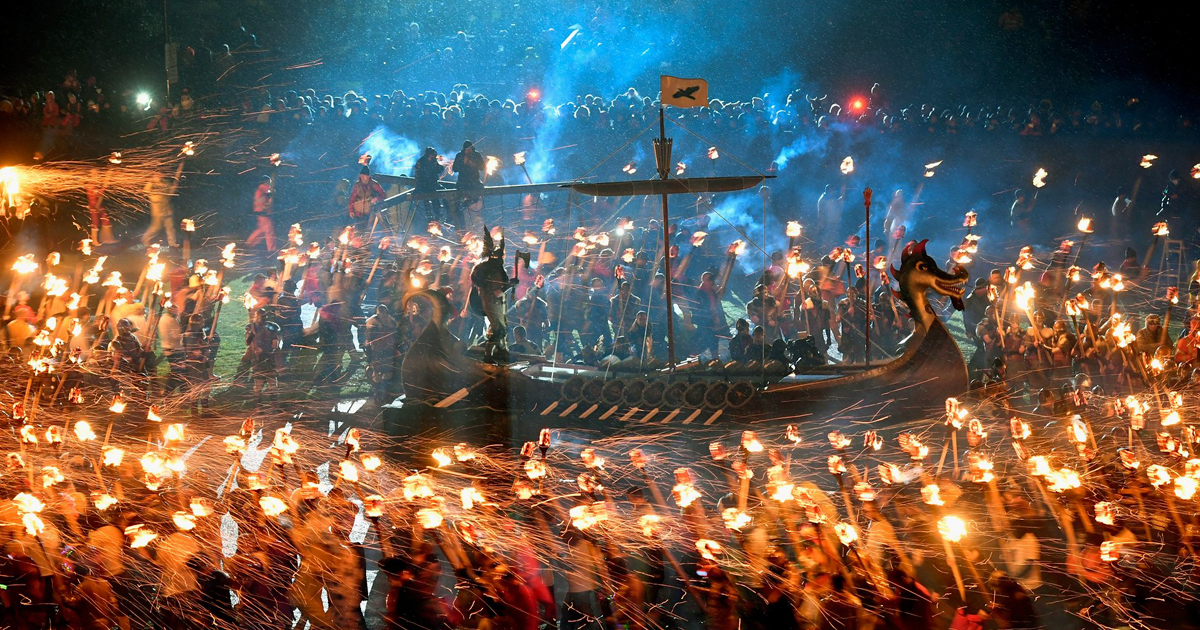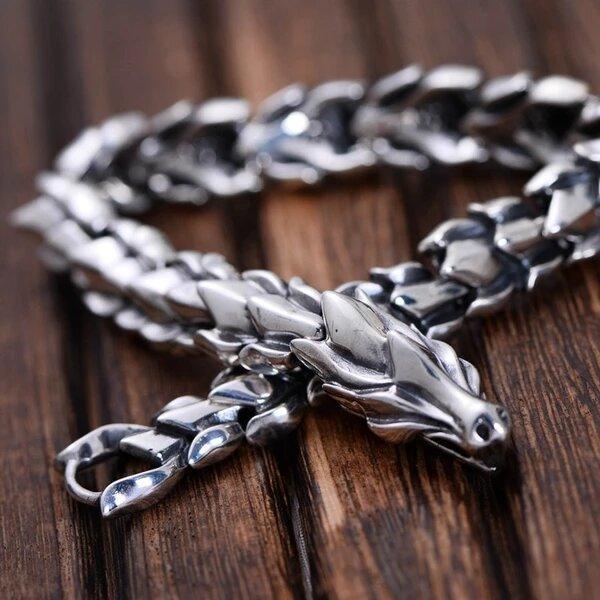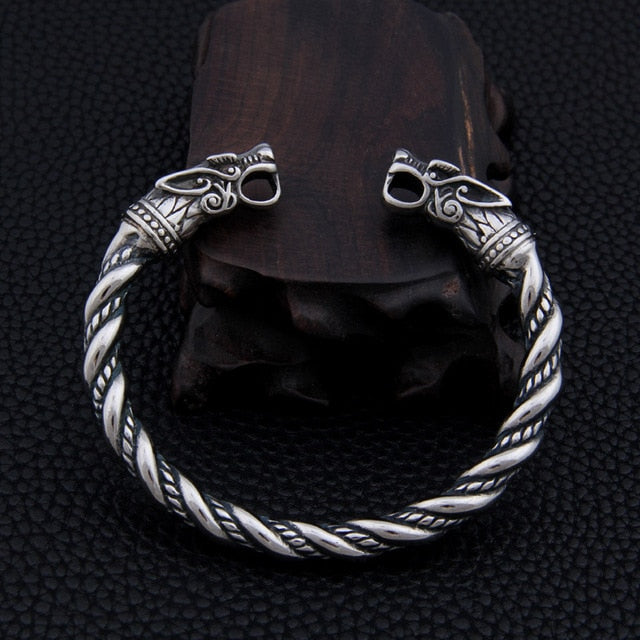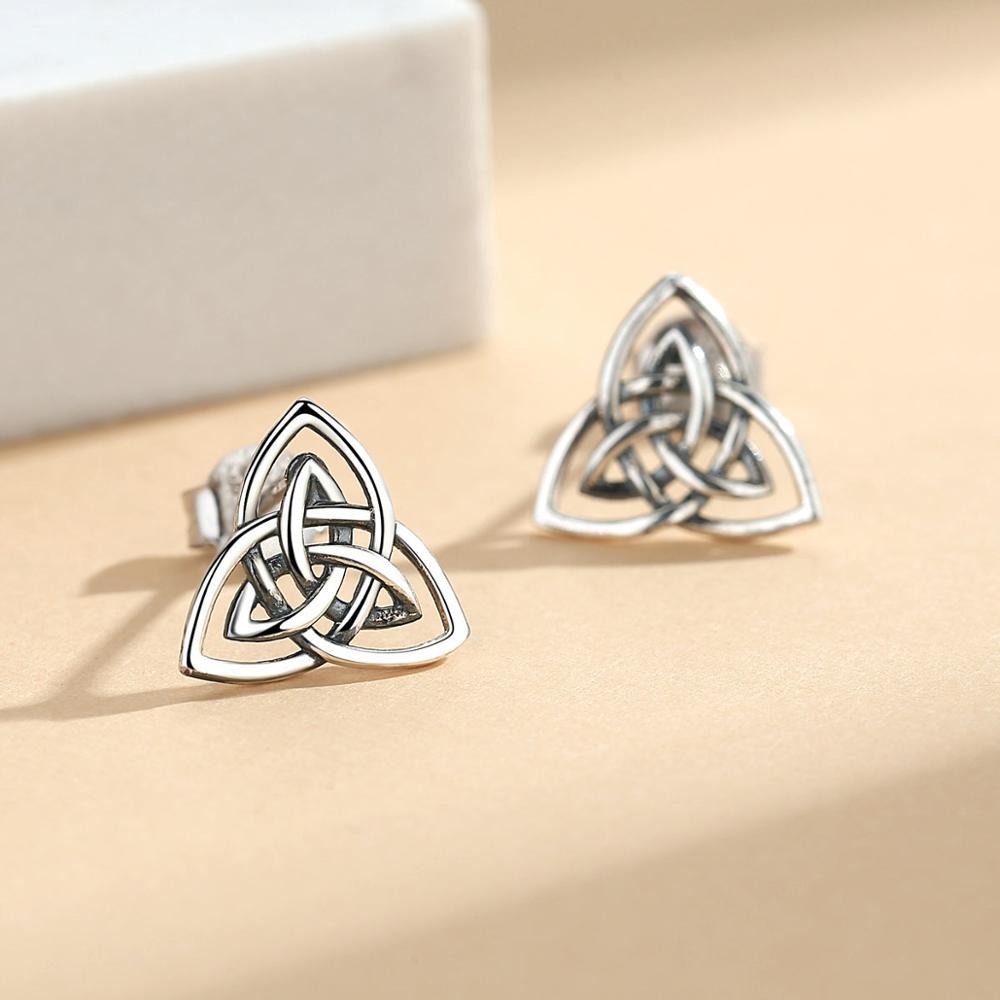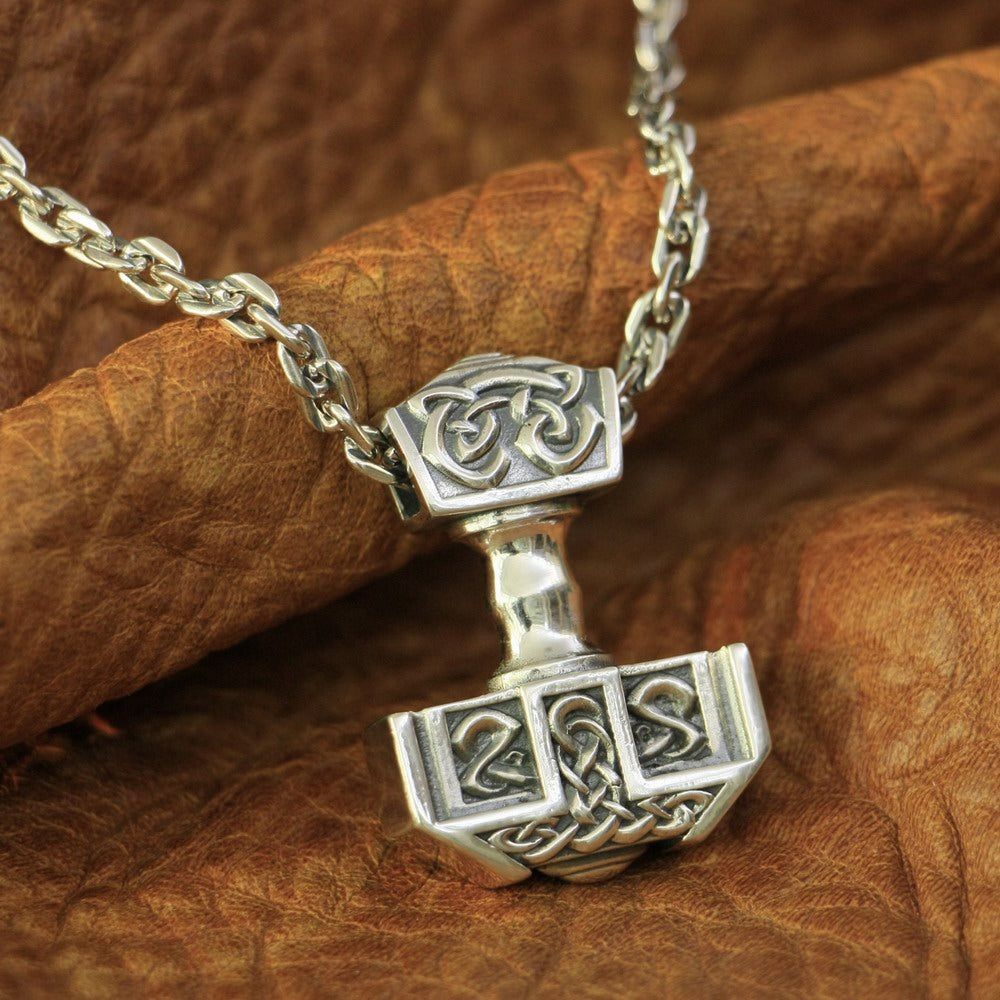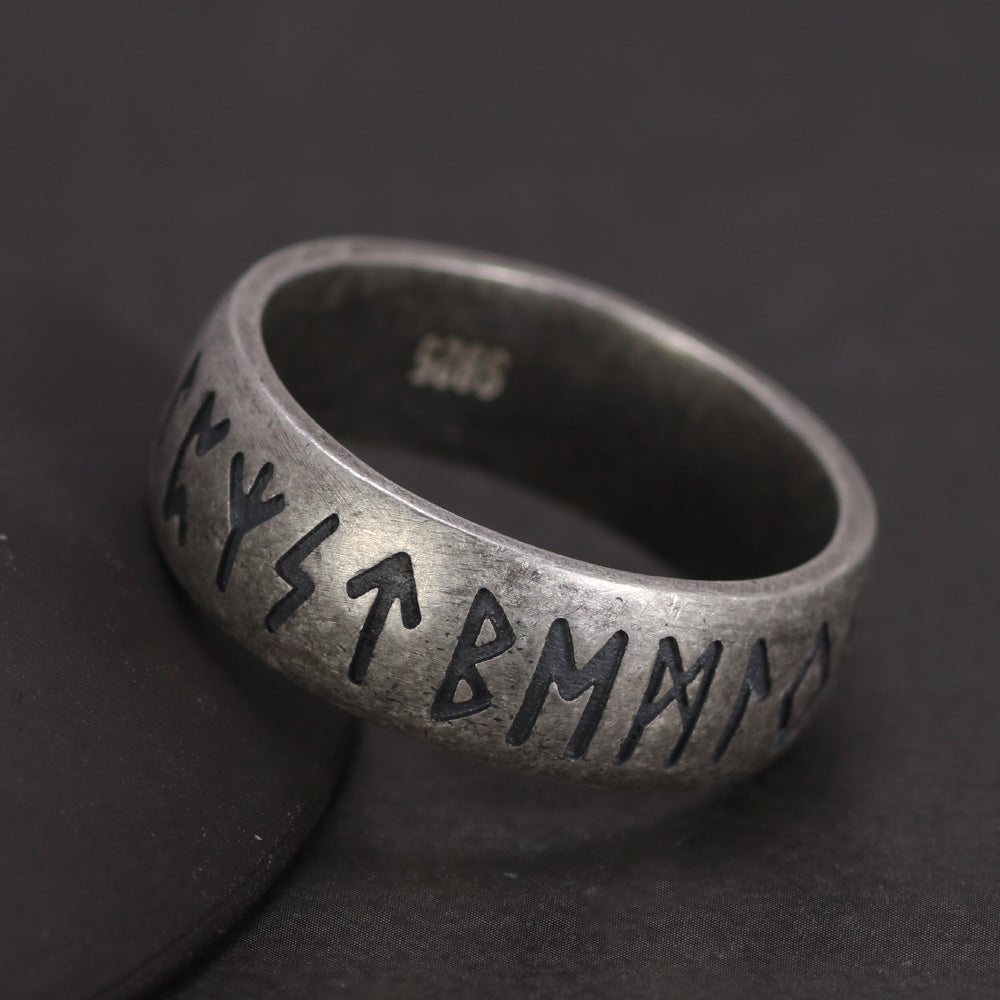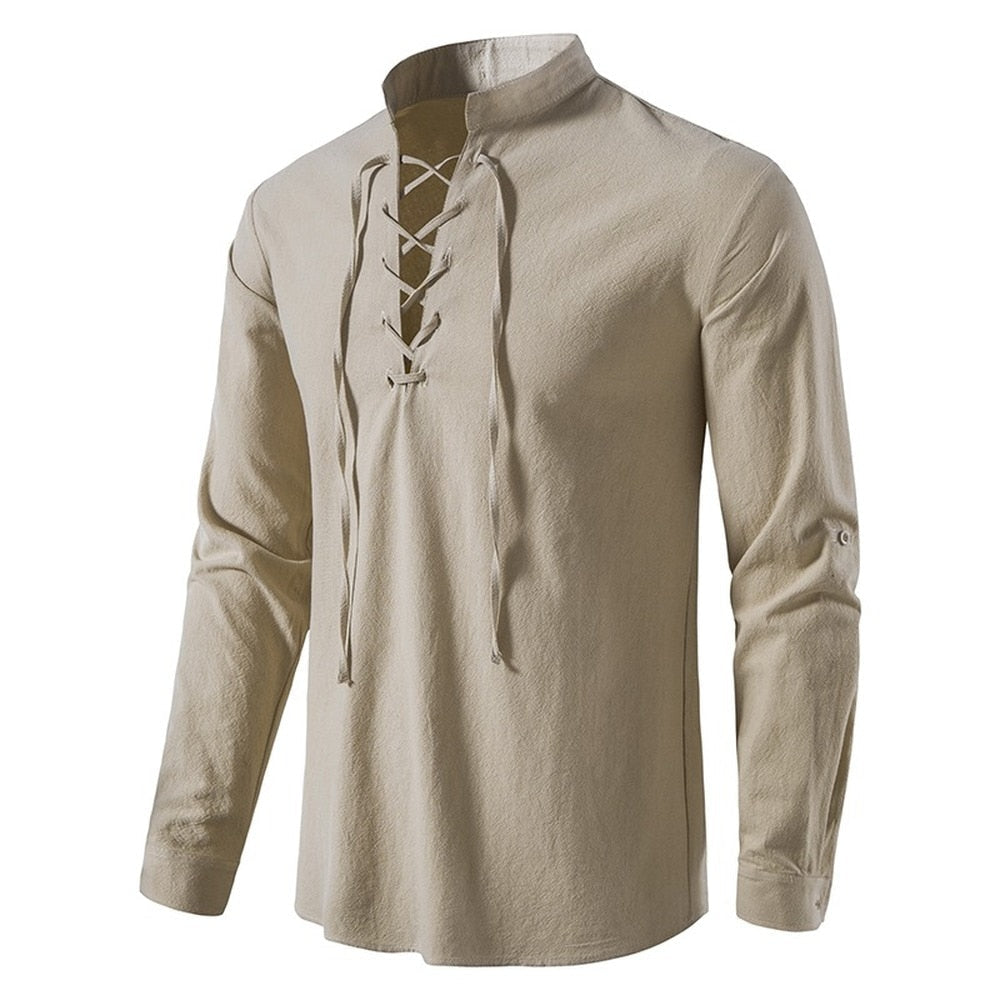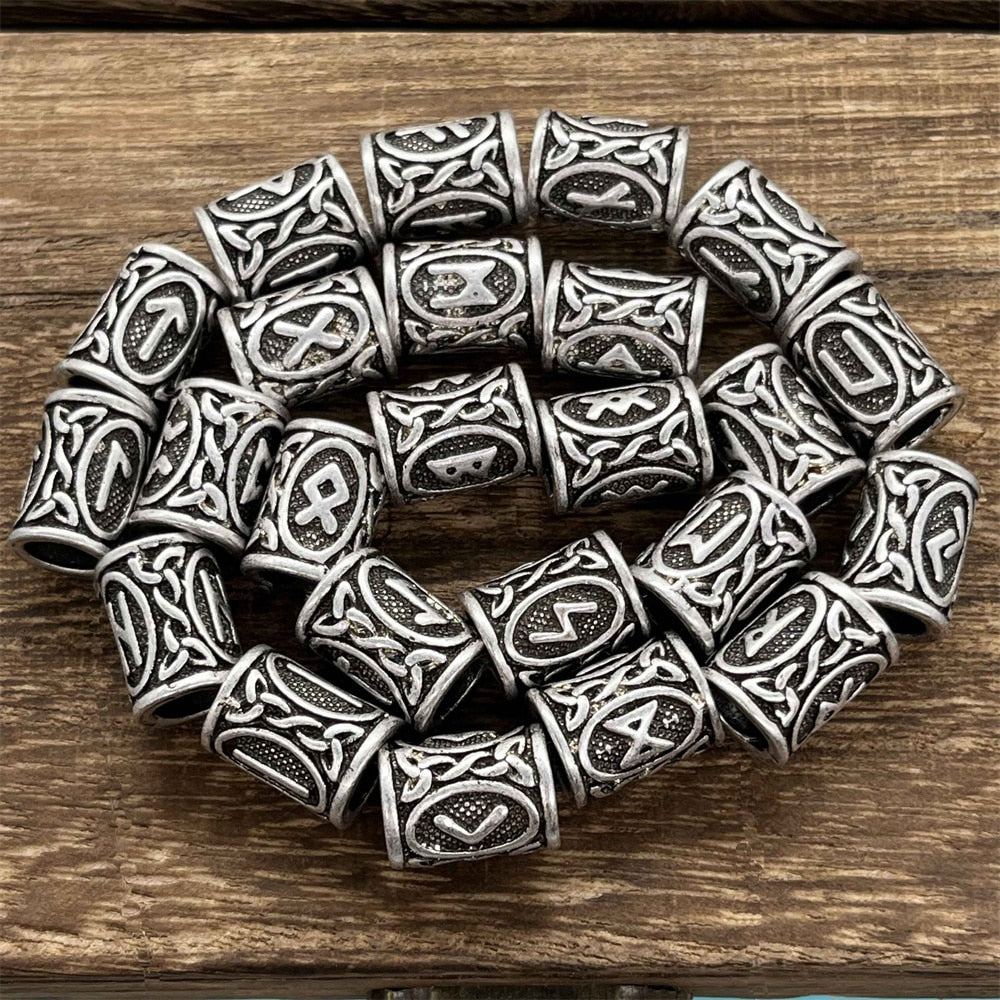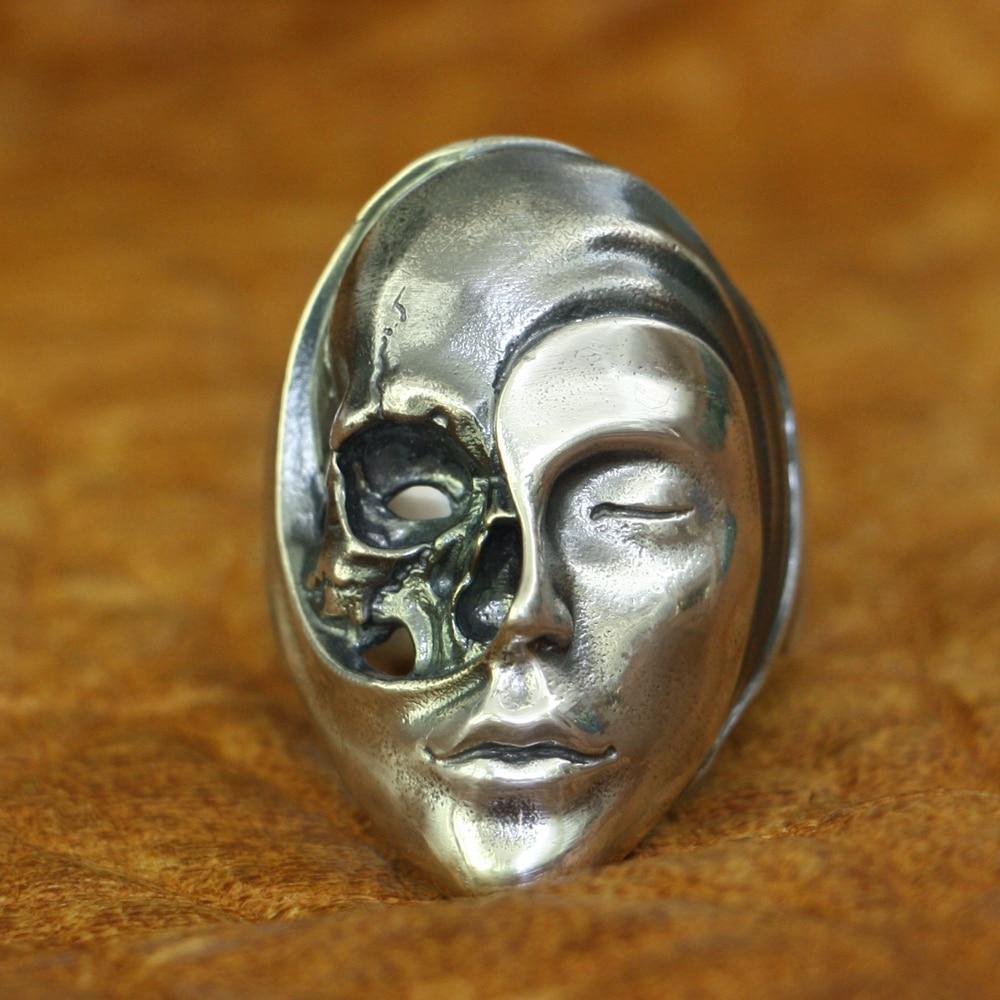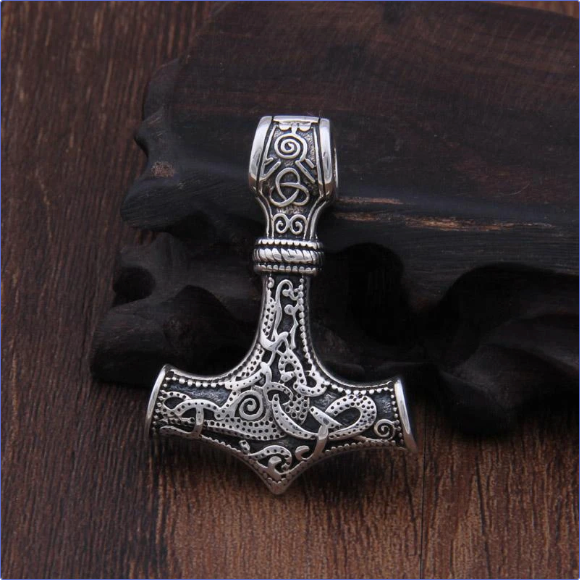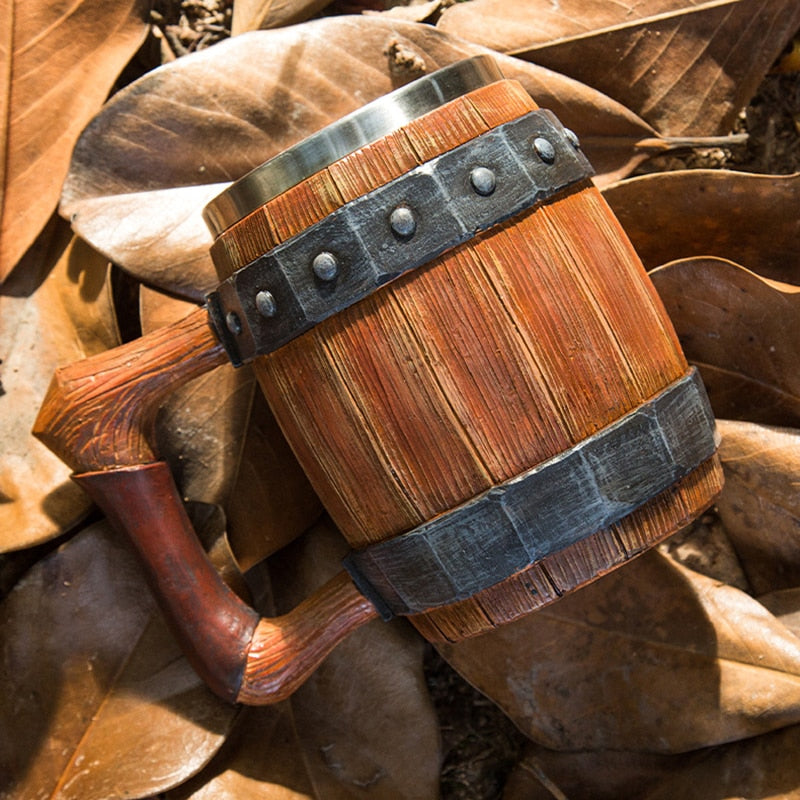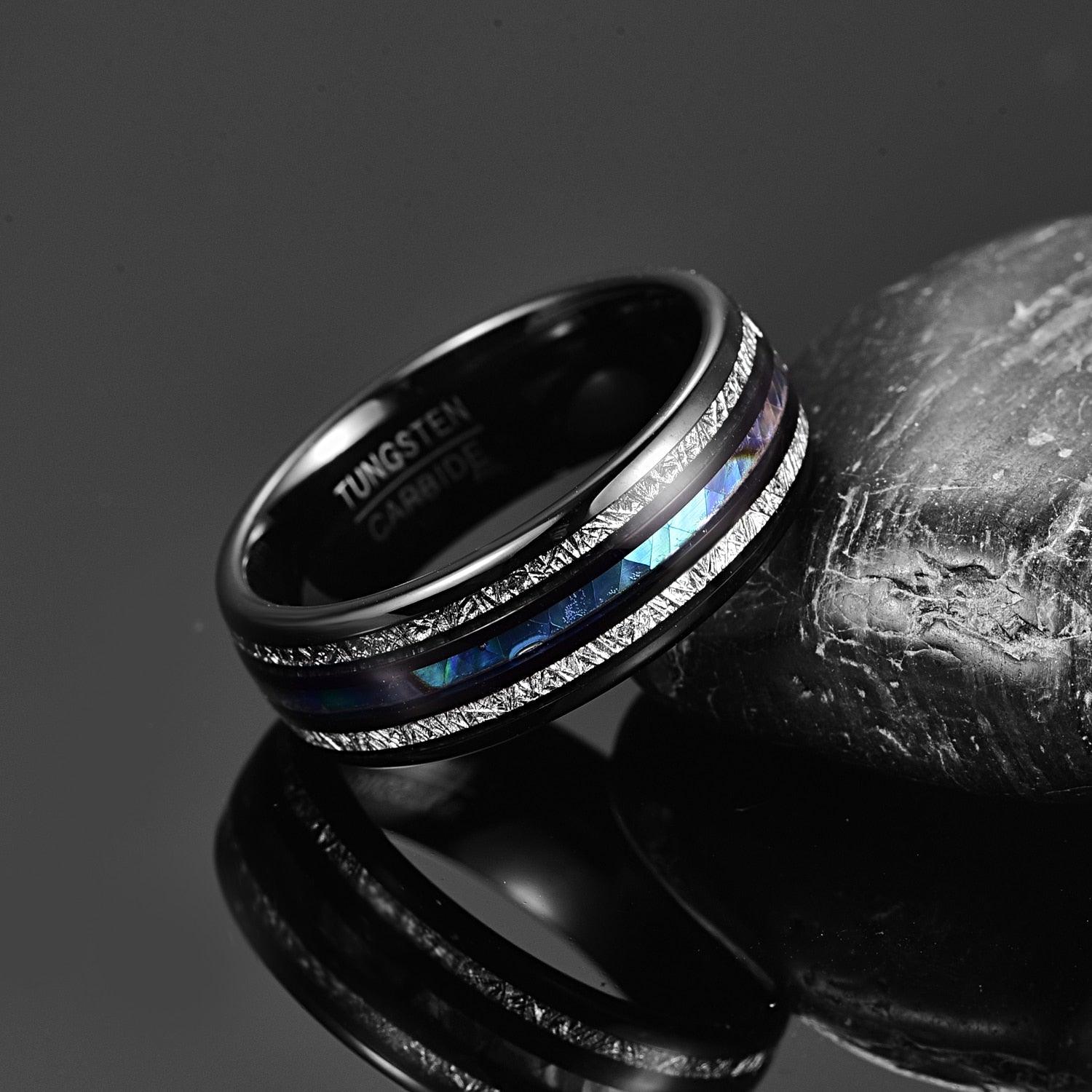The Norse peoples and Vikings were not only fierce in battle but also deeply connected to nature and the cycles of the seasons. The festivals in Norse culture are steeped in mythology and tradition, played a crucial role by honoring the Gods, marking agricultural milestones and ensuring prosperity.

Yule: The Midwinter Festival
One of the most significant Viking festivals was Yule (Jól), a midwinter celebration held around the winter solstice (late December). Yule was dedicated to Odin, the Allfather, who is associated with wisdom, war, and magic. It was believed that during this time, the Wild Hunt, a ghostly procession led by Odin, roamed the skies, collecting the souls of the dead. More on The Wild Hunt here.
Yule festivities involved lighting Yule logs to symbolize the return of the sun and ward off evil spirits. Large feasts were held with roasted meats, bread, and ale, while people exchanged gifts, much like modern Christmas traditions. Animals, particularly boars, were sacrificed to Freyr, the god of fertility, in hopes of a fruitful new year. More information about The magic of Yule here.
Midsummer: The Height of the Sun
The summer solstice is celebrated with a festival known as Midsummer (Sólsticeblót). Celebrated around June 21st, this event honored Baldr, the God of light and purity. Bonfires are lit on hilltops to strengthen the sun’s power and drive away evil.
Midsummer is also a time of marriages and betrothals, as the season is associated with love and fertility. Water is considered sacred, and many rituals took place near lakes and rivers. Some Norse communities performed divinations, believing that the solstice was a moment when the veil between worlds was thinnest, allowing glimpses into the future. More about Balder and his untimely demise on The Death of Baldr here.
Alfablot and Disablot: Honoring the Ancestors
In the late autumn it is time for Alfablot and Disablot, festivals dedicated to honoring ancestors and land spirits. These are private, household-based rituals rather than large communal gatherings. Families make offerings of food, ale, and sometimes animal sacrifices to the spirits of their forebears, seeking their guidance and protection for the coming winter. A very interesting fact about animal sacrifices in Norse religion is that while the spirit of the animal sustained the Gods, the flesh of the sacrificed beast was often used in the following feasts to sustain the faithful. This practice - as everything - varies from region to region. More about Alfablot here.
Disablot, in particular, is held in honor of the dísir, female ancestral spirits believed to protect the family. These rituals reflected the Vikings’ deep reverence for their lineage and their belief that the past influenced the present and future. More about the Disir here.

Winter Nights: Welcoming the Dark Season
Marking the end of the harvest season in late October, Winter Nights (Vetrnætur) was a festival dedicated to the Vanir Gods, particularly Freyr and Freyja, who governed fertility and prosperity. The festival was also associated with the dísir and the dead, much like modern Halloween or Samhain. More about Freyr here and Freyja here.
During Winter Nights, blóts were performed to ensure a good winter and safeguard against misfortune. The celebration included feasting, drinking, and storytelling, strengthening communal ties as people prepared for the long Nordic winter.
Viking Festivals in the Modern World
Today, Norse and Viking festivals continue to be celebrated in various ways across Scandinavia and beyond. Historical reenactments, inspired by Norse traditions, take place in Denmark, Sweden, and Norway, drawing thousands of participants eager to experience Viking culture firsthand. Events such as the Up Helly Aa in Scotland or the Jorvik Viking Festival in England pay tribute to these ancient traditions with torch-lit processions, battle reenactments, and feasts.
Neopagan and Heathen communities also observe these festivals, incorporating ancient rituals into modern spiritual practices. Whether through Yule feasts, Midsummer bonfires, or ancestor veneration, the spirit of the Viking celebrations remains alive today.

Bibliographical References
The front picture is from the festival Up Helly Aa in 2017. The festival is a legendary viking festival that takes place in the Shetland islands, Scotland, every year. This year (2025) the festival took place in the 28th of January.
Price, Neil. Children of Ash and Elm: A History of the Vikings. Basic Books, 2020. ISBN: 978-0465096985.
Turville-Petre, E.O.G. Myth and Religion of the North: The Religion of Ancient Scandinavia. Greenwood Press, 1975. ISBN: 978-0313240865.
Davidson, Hilda Roderick Ellis. Gods and Myths of Northern Europe. Penguin Books, 1990. ISBN: 978-0140136272.
